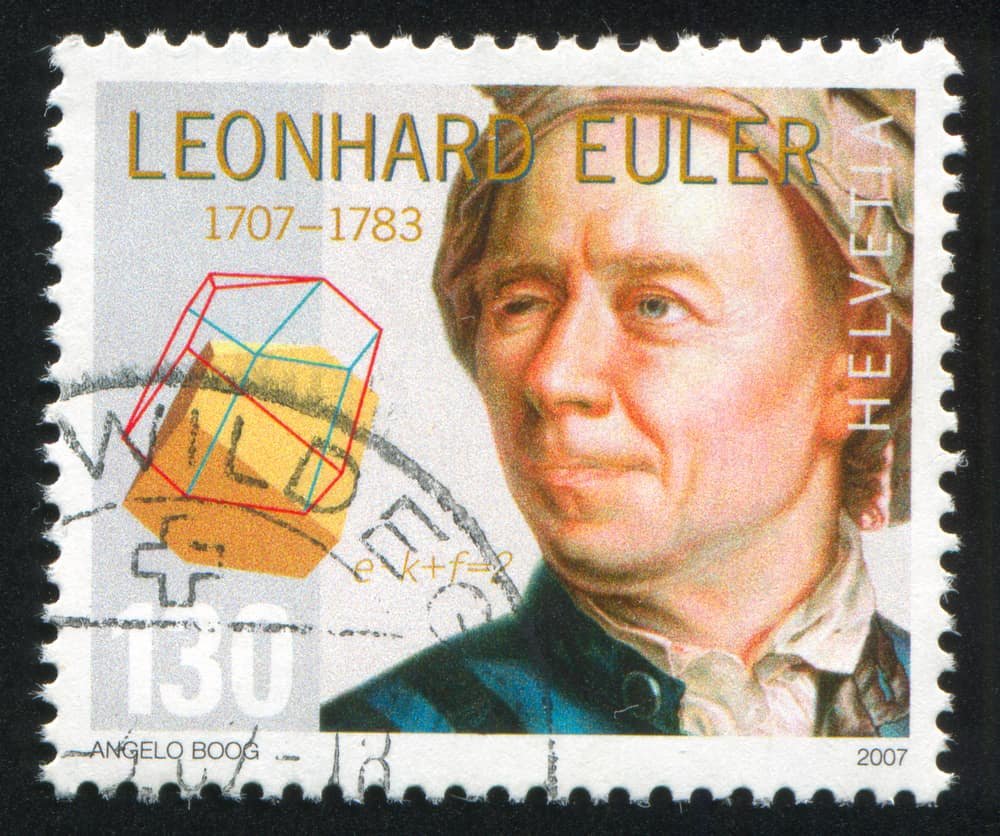Last Updated on January 7, 2024 by Gamesver Team and JC Franco

Sudoku is a fantastic pass-time game that also gives the brain a good workout. But where does it come from? Whether you are the type of person who likes to grab the Sunday morning paper and have a go, or more of an avid Sudoku player with apps and journals to support your ‘habit’ – you have probably wondered at one time or another where the game originates from and what its history is all about.
Sudoku has an interesting history in that it was never truly intended to be a game, but with the keen interest of a number of people, and a few tweaks here and there, Sudoku as we now know it was born.
The History of Sudoku – It’s believed that Sudoku is based on Leonhard Euler’s (a Swiss Mathematician) invention called “Latin Squares” in 1783; which was later changed and adapted by Howard Garns in 1979 to what is now known as Sudoku.
This game has its roots in ancient number puzzles. However, many wrongly believe that Sudoku originates from Japan. While the name is made up of Japanese characters ‘Su’ (meaning Number) and ‘Doku’ (meaning Single), the game is actually of Swiss descent.
By now, you are probably quite surprised to learn that Sudoku is not truly a Japanese game . It is bound to be causing some confusion. Yes, Sudoku’s recreational potential was made possible due to being highly popular in Japan, but that is not where it actually comes from.
Sudoku’s history is rather intriguing. In fact, it made its way to Japan via America, where it became popular after being rediscovered in 1997 in a Japanese bookstore, by a retired Hong Kong judge called Wayne Gould. Number puzzles are quite popular in Japan, so it comes as no real surprised that that is where it was first noticed. The game only went viral in the rest of the world after 2004.

Do you want to learn more about Sudoku’s connection to Leonhard Euler and Japan? Do you want to learn more about Howard Garns’ and Wayne Gould’s roles in the phenomenal popularity of the game world-world? To know more, one only needs to delve into the history of the game.
Learn more about the history of Sudoku below.
Sudoku: From Humble Beginnings to Worldwide Phenomenon
You might be wondering how the game of Sudoku really came about. Its timeline, history, and origins can be misunderstood, and often the stories vary as the game was not called “Sudoku” from its initial conceptualization! Here is what you need to know in terms of timeline and the people responsible for the development and promotion of the game…
1. The First Concept of Sudoku – Leonard Euler
There is a bit of irony in the fact that Sudoku is derived from Latin Squares. Leonhard Euler was not a puzzler, but a mathematician, engineer, astronomer, physicist, and logician – as such, Latin Squares was never a game but an analytical concept and tool.

If you do a bit of research, you will find that Leonhard is considered to be one of the greatest mathematicians of the 18th century and is responsible for making some of the most important mathematical discoveries of all time. He invented Latin Squares to be used for statistical analysis and nothing more.
For Euler, it was a project, not a game. Latin Squares was a concept where a grid of numbers (or symbols) could only appear once in each column or row. This shows that while Latin Squares provided the first concept of Sudoku, the game itself was not actually created by Leonhard Euler, but was merely conceptualized by him. Sudoku is based on Latin Squares but is not Latin Squares itself.
2. The First Appearance of a Version of Sudoku – Howard Garns
As it turns out, an architect called Howard Garns is thought to have used the concept of Latin Squares to create the game, which first appeared as a puzzle game in Dell Pencil Puzzles and Word Games publication in New York.
At the time, he contributed the game under the name “Number Place”. The very first time the game was published in the Dell was in 1979, and to this day, it is still published under the name of “Number Place.”

It is said that while Dell never attached Howard’s name to the actual puzzles that they featured, his name was seen as a contributor only in editions of the Dell publication that contained Number Place games. This implies that he was, in fact, the contributor. To support this claim is fairly easy, especially considering that Garns’ co-workers report seeing him play his numbers game at work on many occasions. They believed that the numbers game he played so secretly was “his thing.”
Howard Garns changed Latin Squares to become his version of Number Place by adding a rule. The rule is that each region can only have the numbers or symbols occurring once. Howard Garns applied the concept of Latin Squares to a 9×9 grid and 3×3 sub grids and came up with Number Place.
It is quite interesting to note that while the concept of the game comes from a Swiss Mathematician, the game actually requires no real math to solve the problem, but requires pure logic instead.
3. Sudoku Makes It to Japan – Nikoli
One might wonder how a game that was published in a USA games and puzzles magazine became a worldwide phenomenon that many believe actually originates from Japan. That one is a simple one to answer.
The Japanese language is quite complex, which makes crosswords and word searches almost impossible to translate without losing the entire meaning of the game/puzzle. Therefore word-based puzzles are not popular in Japan. As such, numbers games became popular in Japan. As a result, the Dell Pencil Puzzles and Word Games magazine was more popular in Japan than it was in most other areas of publication.

It was Nikoli, a Japanese puzzle manufacturing company that was responsible for the further development and promotion of Sudoku in Japan. The game in Japanese is called ‘Suuji wa dokushin ni kagiru‘ which is shortened to just ‘Su Doku’ and is represented by the following symbol: 数独
4. Wayne Gould Discovers Sudoku and Boosts Its Wide-Spread Popularity
Remember we mentioned a retired Tokyo judge, Wayne Gould, discovering Sudoku in a Japanese bookstore? This is the key to Sudoku becoming a game that millions enjoy all over the world today. That is because it was Wayne Gould who essentially took the game back overseas and spurred it on to major international success. Wayne Gould actually found a half-completed puzzle in a bookstore, and after scrutinizing it, became utterly obsessed with it. He probably had no idea that his obsession would become the obsession of so many millions of people, many years later
Wayne Gould did not simply ponder over a few versions of potential Sudoku games to share with others. He actually spent 6 years developing and creating a computer program that designs Sudoku puzzles of different difficulty levels, which he intended for worldwide enjoyment. His puzzle-generating computer program is called Pappocom Sudoku and is able to supply countless random, unique puzzles.
As a result, his puzzles gained popularity in United Kingdom publications; such as The London Times, The Guardian, The Sun, The Daily Mirror, and The Daily Telegraph. He also played an integral part in growing Sudoku’s popularity in the United States by providing national newspapers with free puzzles to include in their publications – something that was warmly welcomed by leading publications at the time.

After that, it was difficult to slow the spread of popularity of Sudoku – especially as it was being featured in just about every leading newspaper and magazine in the United Kingdom, USA, Australia and the rest of the world. While Leonhard Euler may never have intended it, his concept of Latin Squares is the very first origins of a game that has proven to be a worldwide phenomenon.
Overall, it may be said…
Surely, you can agree that the history of Sudoku is quite interesting and probably not at all what you expected of it. The roots of the game only stand to prove that the game has universal appeal, regardless of race, age, and nationality. While Leonhard Euler may never have intended it, his concept of Latin Squares is the very first origins of a game that has proven to be a worldwide phenomenon.

